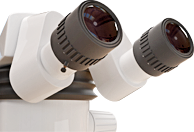Page can not be found
This might be because:
- You may have typed the web address incorrectly. Please check the address and spelling ensuring that it does not contain capital letters or spaces
- It is possible that the page you were looking for may have been moved, updated or deleted.
- Return to the LPD Lab Services Home Page

